Dystopian novels are captivating stories often set in the future. Some examples of written dystopia include popular titles such as The Hunger Games and Divergent. These stories typically explore themes of controlling and oppressive governments, revolutions, wars, and the neglect of equal rights. Sound familiar?
In the Hunger Games, there are twelve districts that are controlled by the government. The Capitol has the most rights and money, while District 12 is full of struggling, hungry, and poor people. While the citizens of The Capitol live their luxurious lives, thousands of people are dying. The Capitol lives its perfect life because it exploits the districts to do all the work, much like modern America’s working class. Only 19% of the US population is considered upper-class and 40% of people in the US report that they can barely make ends meet. And now, the gap between the rich and poor is widening due to tax cuts for the wealthy. This policy, known as “Trickle-Down-Economics,” suggests that higher class individuals will invest or donate more to the working class by keeping more of their money. However, because these individuals will be paying fewer taxes, the middle and lower classes will have to bear a larger tax burden. Fun fact: Trickle- Down-Economics is the same policy that led us into the Great Depression.
Besides the oppression of the majority of the population in The Hunger Games and in America, there are other connections. One such connection is between Katniss’ speeches against President Snow and Kendrick Lamar’s performance in the Super Bowl. Both Katniss and Kendrick used their platforms to send powerful messages. Katniss uses her voice to raise awareness of the unfairness and cruelty of the games, calling people to unite against the government that forces children to compete. Kendrick, in a similar way, used his platform to address the struggles of Black Americans, remarking, “40 acres and a mule, this is bigger than the music.” He referenced the promise given to enslaved African Americans during the Civil War–which was subsequently reversed by President Andrew Johnson–and the continued racism that still exists today. During the movie/book “Catching Fire”, Katniss acknowledges how she is still weighed down by grief and hatred for the Capitol’s continued oppression. Both Katniss and Kendrick use their words to call out corruption in their respective societies.
But The Hunger Games isn’t the only dystopian novel with connections to modern life. This connection is definitely intentional in Divergent; the factionless people in the story are very similar to the homeless people in our world. Divergent is about a world of factions: Candor (honesty), Abnegation (selflessness), Dauntless (bravery), Amity (kindness), and Erudite (intelligence). If a person doesn’t fit into one of these factions, they become factionless. The factionless are forgotten and essentially left behind. The government has decided that it isn’t worth their effort to help those who don’t fit into one of the established factions. This mirrors the more than 771,800 people who were homeless in America in 2024. While the government attempts to help through shelters, many are overcrowded and inadequate.
Many kids in America today are influenced by the beliefs their parents instill in them. If a parent is racist, the child is likely to adopt similar views. In The Hunger Games, if a child is born and raised in District 1 or another wealthy district, they will likely see themselves as superior. Superiority is a key cause of intolerance, as people often struggle to see others who look or act differently as equals. This mindset of feeling superior to others because of appearance, status, or associations is pervasive.
In Divergent, the Erudite faction believes they should govern because they are the most intelligent and, therefore, the most worthy. But this mindset leads them to use mind-control serum to manipulate others, thinking their way is the only correct one. Both The Hunger Games and Divergent depict worlds where people view themselves as superior to others, and sadly, the same can be said about our own world. Some administrations’ views are completely opposite of another’s, which makes the voters’ views more polarized as well. Many people get their news from unreliable or skewed sources, which results in both sides feeling as though their opinion is superior.
Perhaps the darkest connection between The Hunger Games and modern-day America is the disturbing reality of sex trafficking. In the Hunger Games books (but not in the films), Suzanne Collins makes it clear that some winners, such as Finnick and Johanna, were essentially sold to people after their victories. President Snow forced the most physically appealing victors into compliance by threatening their loved ones. Unfortunately, sex trafficking and rape are all too real in America. Between 15,000 to 50,000 women and children are victims of sexual slavery in the U.S. each year. Moreover, about every 1 in 5 women have experienced some form of rape. Children, like Finnick in The Hunger Games, are forced to comply with the will of the “superior” because they have no choice. They are used and discarded like objects. Collins clearly makes this comparison, yet it is often overlooked, and is even omitted from the films.
Dystopian authors likely base their books on the issues they see in the world around them. These authors witness and hear about racism, oppression, and violence, then turn these real-world issues into a fictionalized version. It is frightening to think that these fabricated worlds are starting to look more and more like our own.




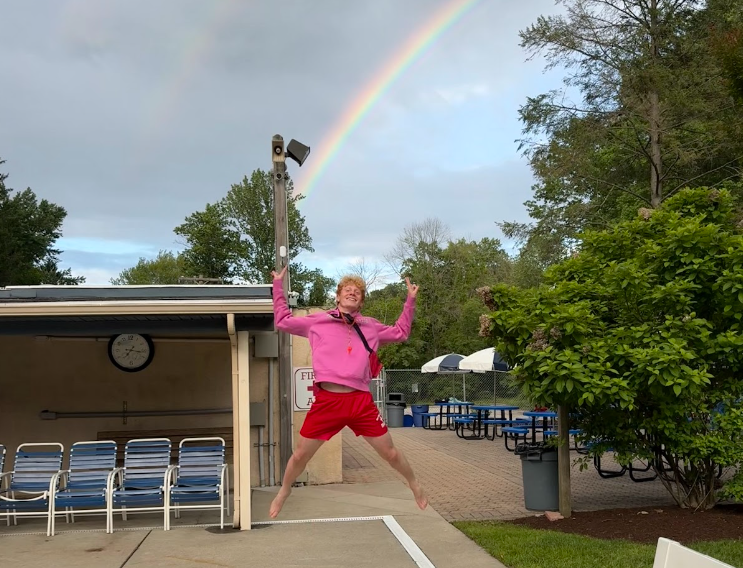
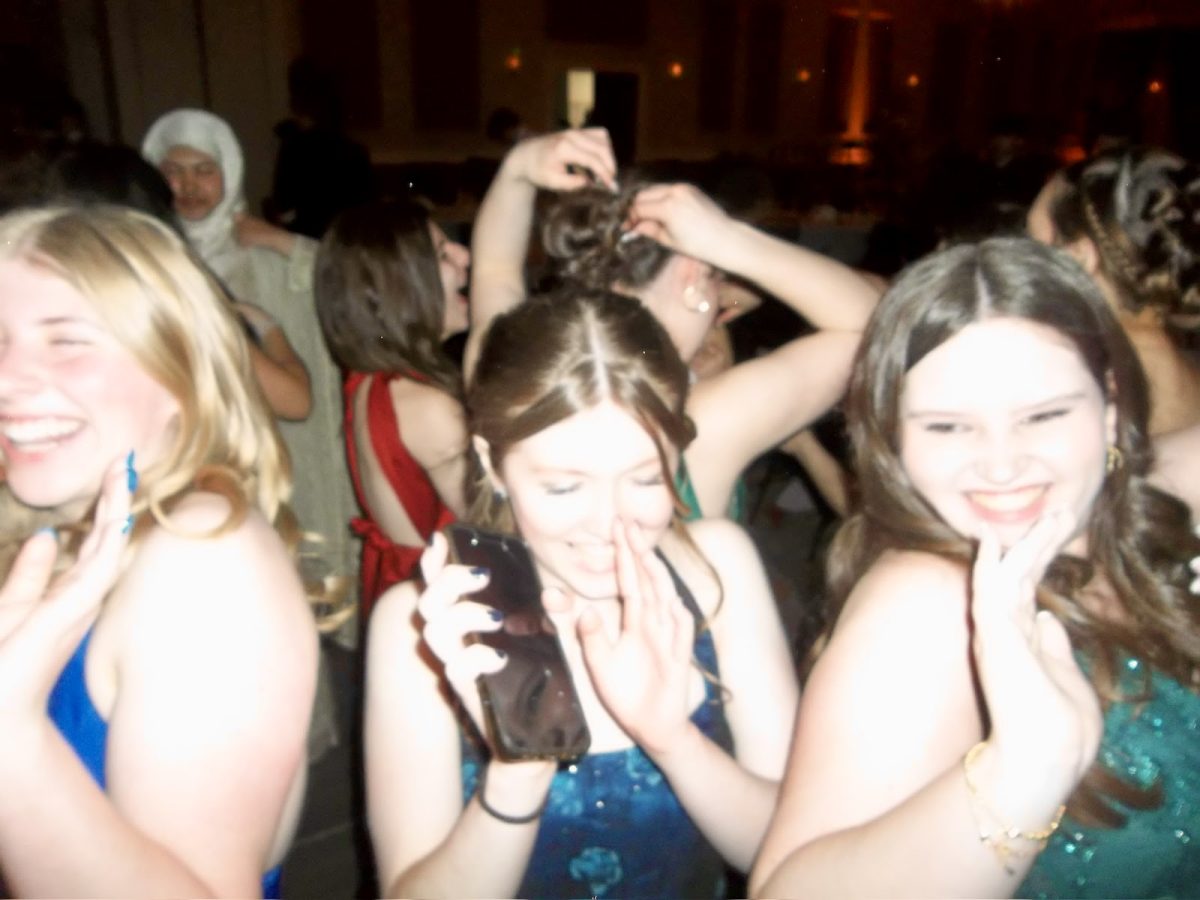

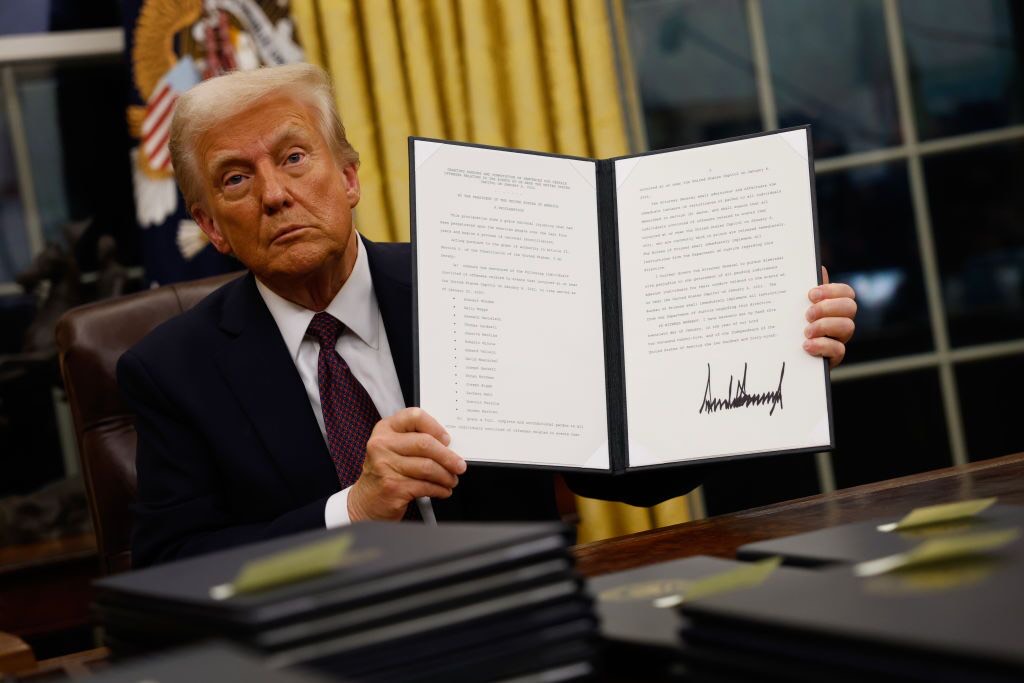
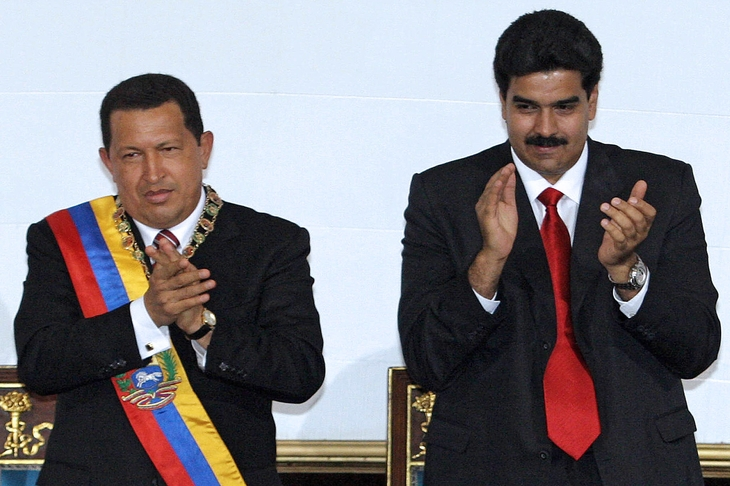
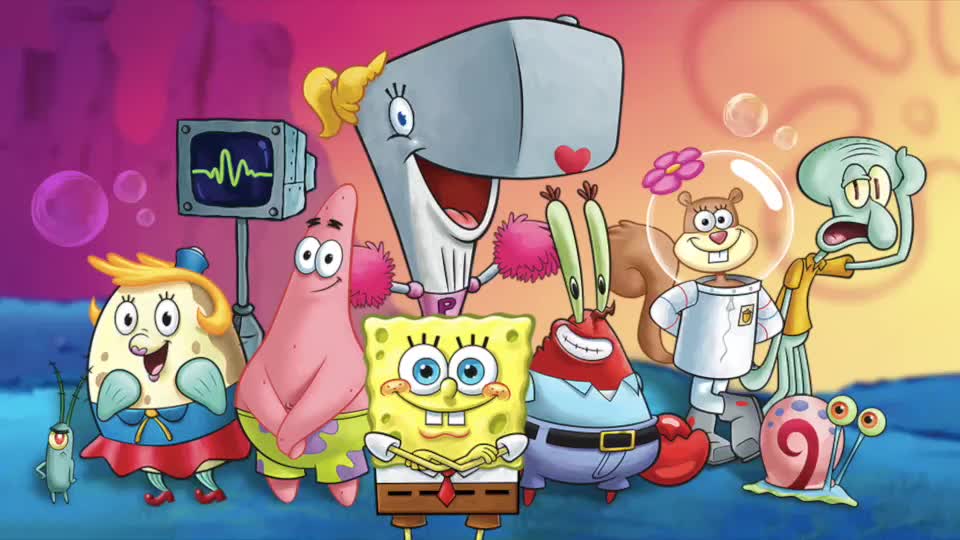

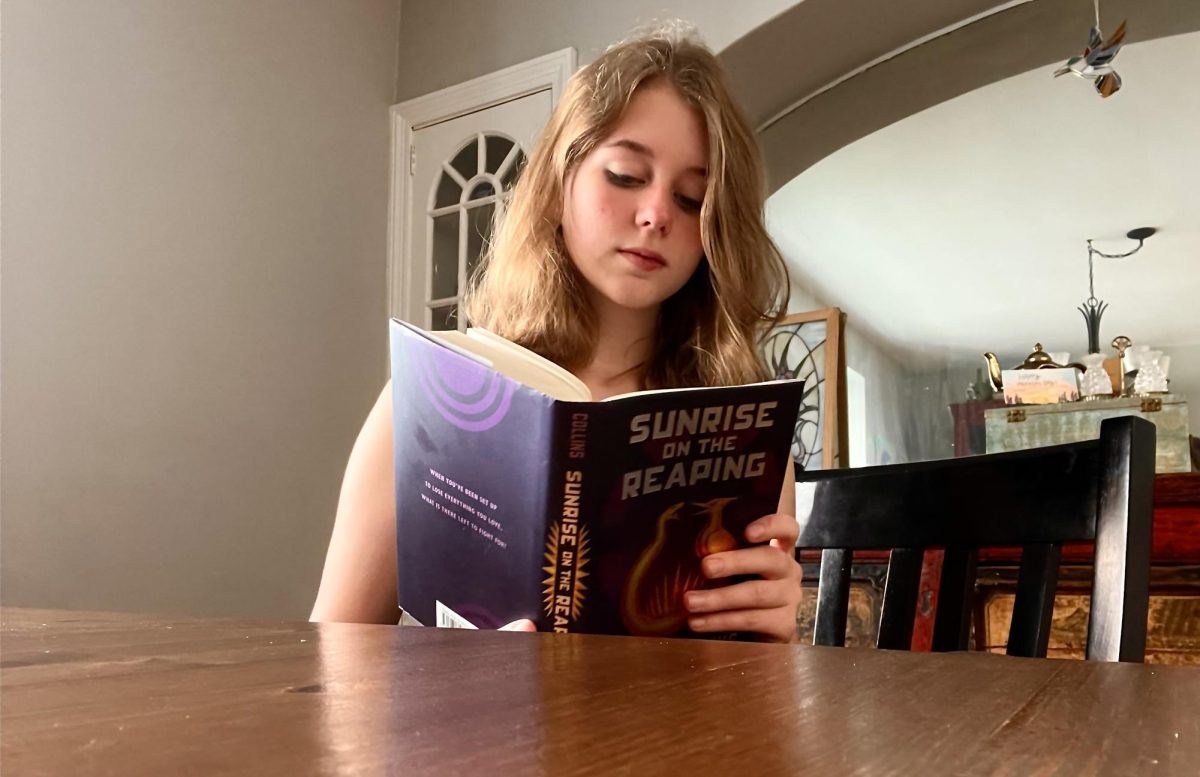

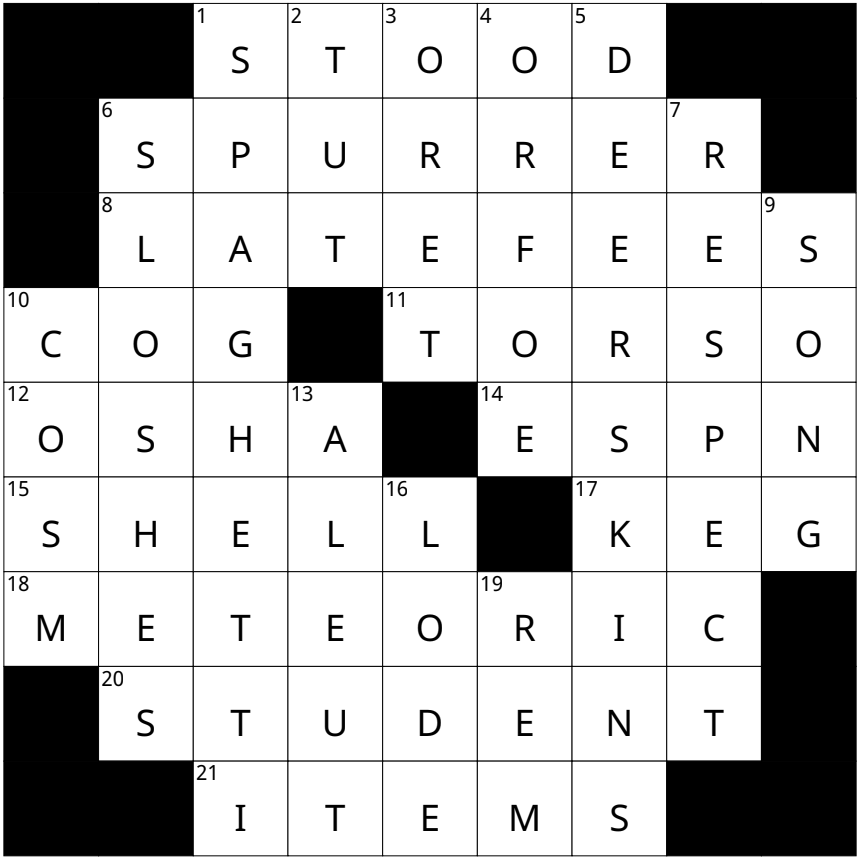
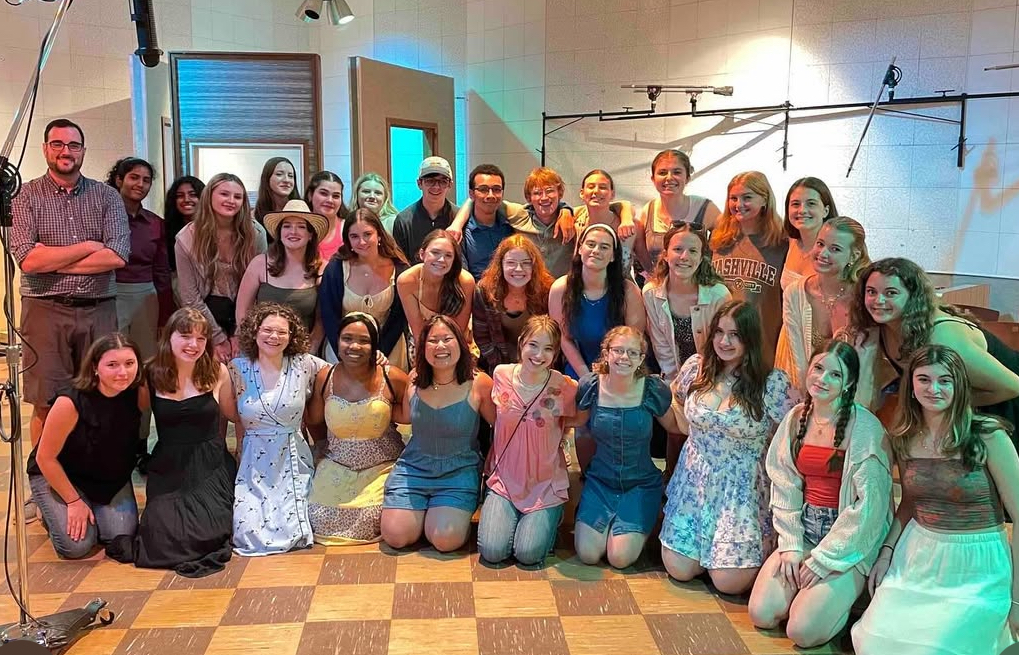
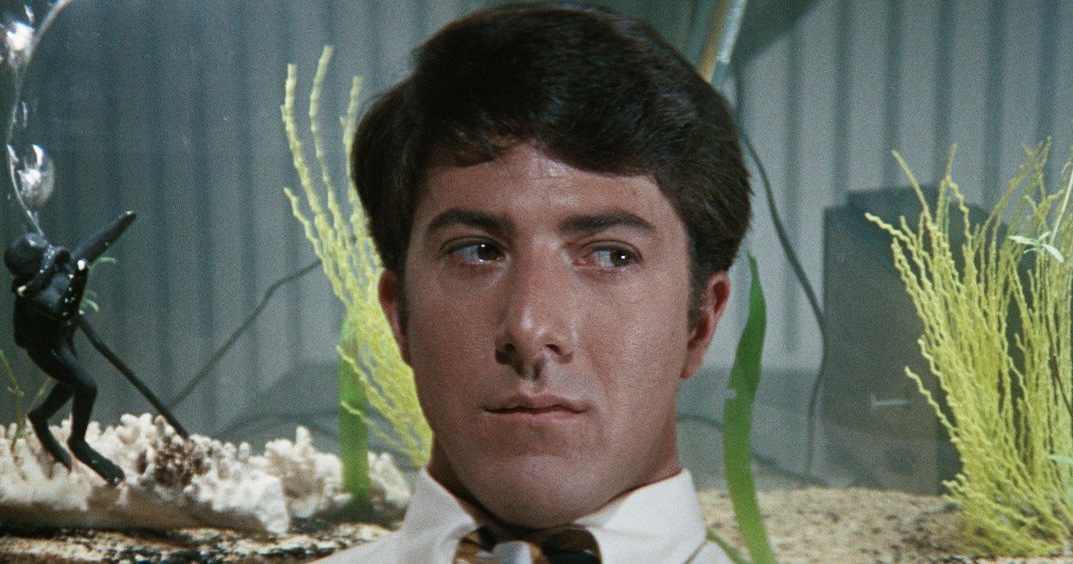
Christine Shindler • Apr 14, 2025 at 7:04 pm
What a great article. A very interesting perspective with clear point that were very well tied together.